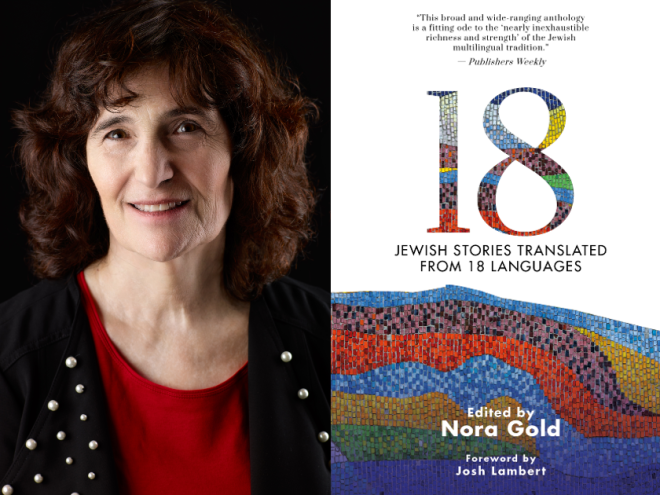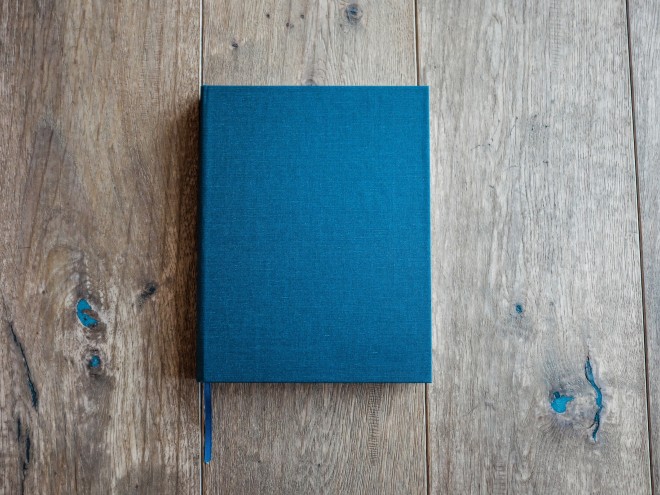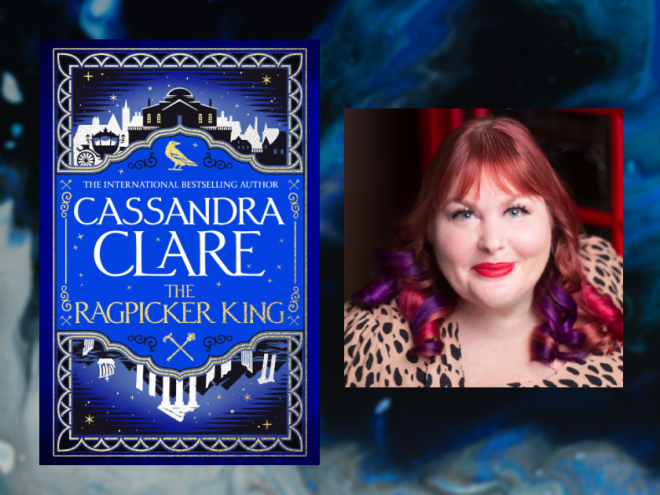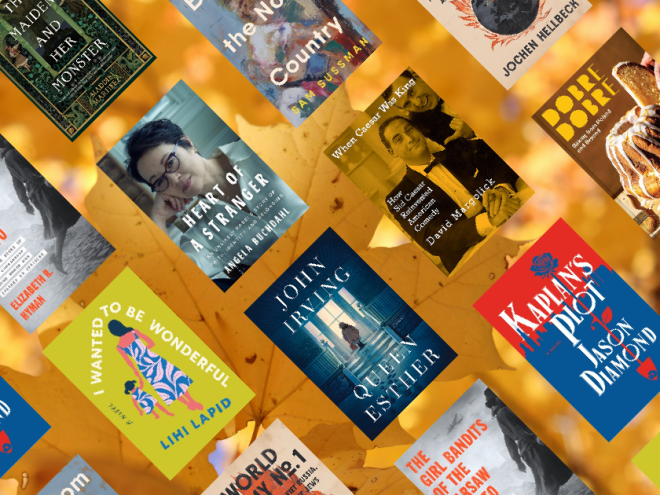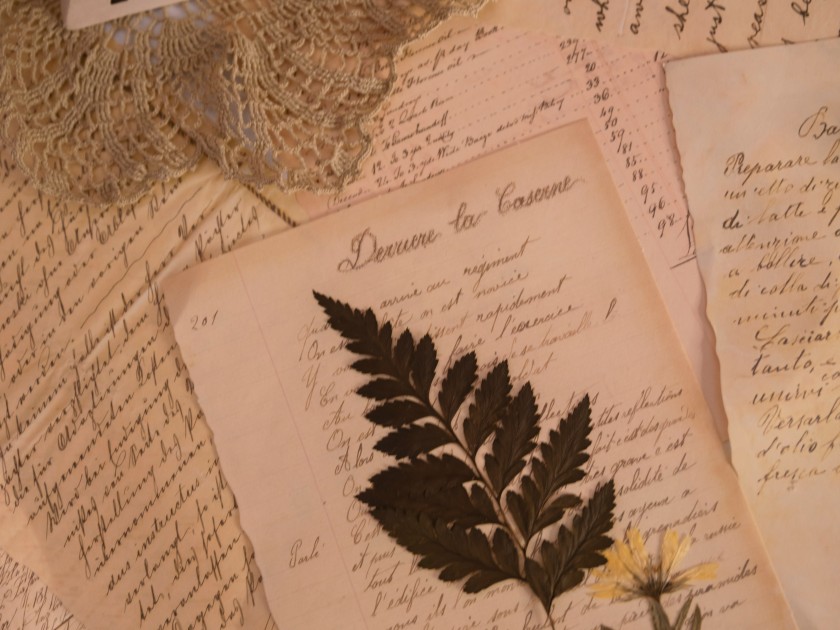
Photo by Mrika Selimi on Unsplash
Have you ever wondered how Jewish authors have approached themes, characters, and time periods similar to Jane Austen’s? Look no further than this reading list to find out!
This December 16 will mark 250 years since Jane Austen’s birth. Perhaps your celebrations include a trip to The Morgan Library’s lovely exhibit on Austen, or a somewhat more involved adventure to the acclaimed author’s landmark locations in the UK. We feel the perfect way to commemorate this momentous occasion is through Jewish books that speak to Austen’s six novels and the indelible literary legacy she left behind. Below are several Jewish books and essays that are Austen-adjacent.
(And if you’d like to let us know which Jane Austen you’re reading this year to commemorate, please do! Send us a note at info@jewishbooks.org)

Sisters of Fortune by Esther Chehebar
“Very early in Esther Chehebar’s Sisters of Fortune, bride-to-be Fortune Cohen finds herself with some unexpected time on her hands. She decides to curl up with one of her older sister’s books, Jane Austen’s Pride and Prejudice.” -Ann Levin
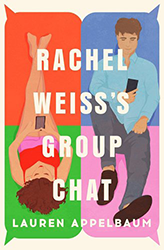
Rachel Weiss’s Group Chat by Lauren Appelbaum
“Weaving in romance and a little bit of Jewish culture, the book highlights the importance of female friendships and personal growth.” ‑Elizabeth Slotnick
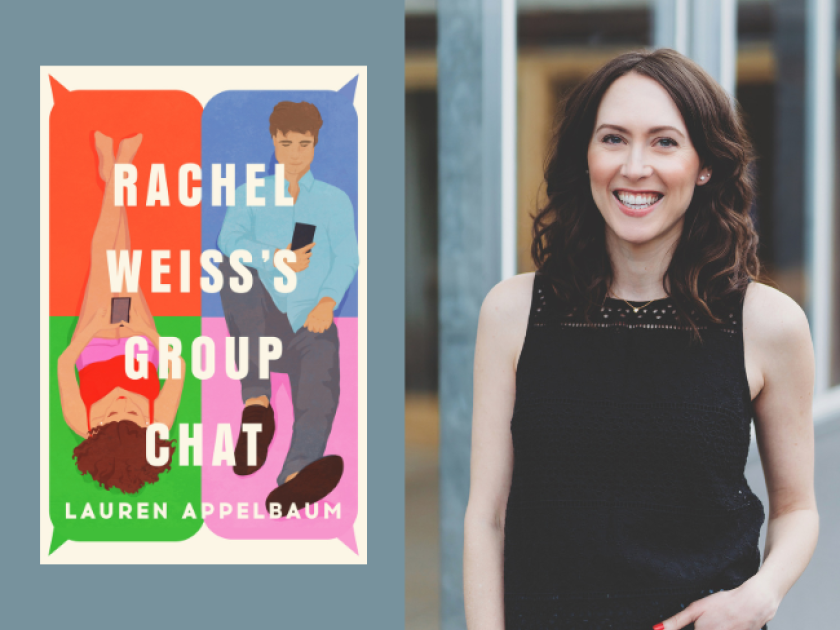
Retelling‘Pride and Prejudice’ through a Jewish Lens by Lauren Appelbaum
“Mrs. Bennet has always reminded me of a Jewish mother. A harried matriarch, desperate to see her five daughters wed? My own mother isn’t far off from that, though she only has three daughters, and her definition of success is broader than simply matrimony, the main aspiration for most Regency women.” ‑Lauren Appelbaum
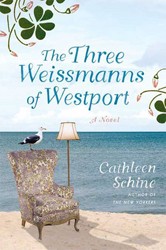
The Three Weissmanns of Westport by Cathleen Schine
“The book is replete with observations of how well and badly people behave in different types of relationships. It is a modern day version of Jane Austen’s Sense and Sensibility, set in Manhattan, Palm Springs and Westport, Connecticut.” ‑Miriam Brdman Abrahams

The Jews of Donwell Abbey: An“Emma” Vagary by Mirta Ines Trupp
“The Jews of Donwell Abbey, follows Miss Harriet Smith — a secondary character in Austen’s Emma—as she comes to terms with her heritage. The narrative gives Miss Smith a voice. It allows her the opportunity to find acceptance and purpose — where Austen solely provids hints and doubts. In The Jews of Donwell Abbey, Harriet comes home.” ‑From the Publisher

Jane Austen in Scarsdale: Of Love, Death and the SATs by Paula Marantz Cohen
“Paula Marantz Cohen closely examines and wryly parodies the college admissions process and all the personnel associated with that painstaking American right of passage in an upscale American suburb.” ‑Paula Lubin

Lucinella by Lore Segal
“If the estate and grounds adjoining those of Jane Austen’s family home had become a Yaddo community — with selected artists given two weeks to two months to create— Austen, who sporadically struggled with deciding titles for her books, might have opted to immortalize the new neighbors with a work titled Pride and Prejudice, and additionally, Sensibility—but Sense? Hardly. Not as Lore Segal saw Yaddo.” ‑Arlene B. Soifer
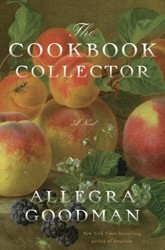
The Cookbook Collector by Allegra Goodman
“Allegra Goodman writes with a light but stylish touch, and piques the reader with her ability not only to penetrate the inner life of her characters but also to place them in the various worlds they inhabit: the dot.com business; rare book collecting and selling; saving the redwood forests; Orthodox Judaism, and the all-important family context.” ‑Claire Rudin
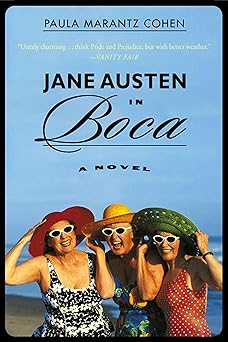
Jane Austen in Boca by Paula Marantz Cohen
“It is a truth universally acknowledged that a nice Jewish widower must be in want of a wife.” ‑From the Publisher
Simona is the Jewish Book Council’s managing editor of digital content and marketing. She graduated from Sarah Lawrence College with a concentration in English and History and studied abroad in India and England. Prior to the JBC she worked at Oxford University Press. Her writing has been featured in Lilith, The Normal School, Digging through the Fat, and other publications. She holds an MFA in fiction from The New School.
